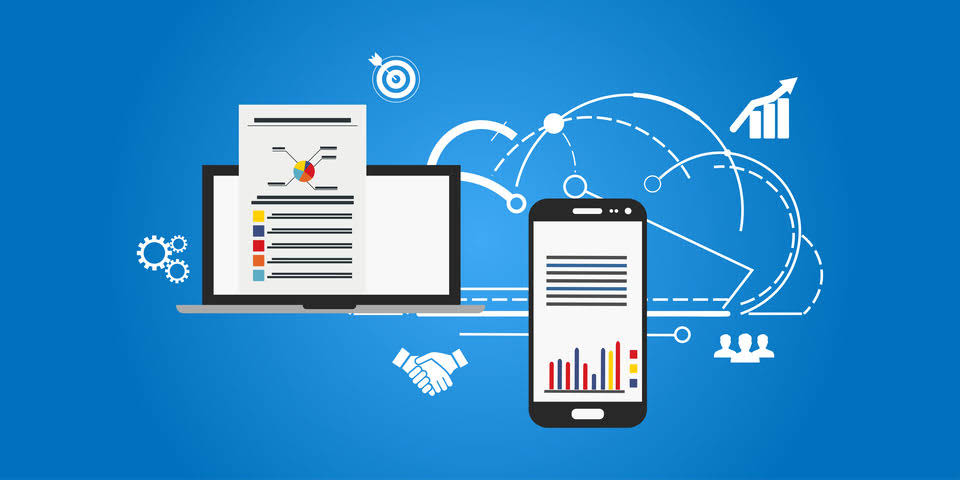- March 18, 2024
- Posted by: Robb Sapio
- Category: Bookkeeping

If incremental cost leads to an increase in product cost per unit, a company may choose to raise product price to maintain its return on investment (ROI) and to increase profit. Conversely, if incremental cost leads to a decrease in product cost per unit, a company can choose to reduce product price and increase profit by selling more units. https://www.bookstime.com/ Businesses can make well-informed decisions about production levels, pricing policies, and resource allocation by focusing on the shift in total costs related to producing an additional unit. Let’s say, as an example, a company is considering increasing their production of goods but needs to understand the incremental costs involved.
Incremental Cost of Capital: What It is, How It Works

This is an example of economies of scale, or the cost advantage companies get when production becomes efficient. And the more units sold at marginal cost, the higher its contribution to the net income. It also takes into account sunk, or non-relevant costs, and excludes those from analysis.
Incremental Analysis: Definition, Types, Importance, and Example
A capitalization table, commonly referred to as a cap table, is a detailed spreadsheet or ledger that tracks the equity ownership of a company. Incremental cost guides you in choosing when to make your product and when to outsource. Often, it is more cost-efficient to outsource from a specialty company instead of doing it from scratch. While the company is able to make a profit on this special order, the company must consider the ramifications of operating at full capacity.
What is the Incremental Cost of Capital?
The research nurse (CD) who conducted the evaluations was blind to group allocation. Only the research nurse and the HSCP team had access to information that could identify the participants during data collection. Once all data were collected, data were anonymised and the final dataset that was used for analysis contained no identifiable information. You then subtract the variable costs of making one widget from the variable cost of making two widgets. In the sections below, you’ll find out what you need for proper ICC calculation.

The company is not operating at capacity and will not be required to invest in equipment or overtime to accept any special order that it may receive. Then, a special order arrives requesting the purchase of 15 items at $225 each. Striking the right balance between overproduction and underproduction ensures efficient resource utilization. In warehouses and distribution, for instance, the worldwide market revenue for robotics automation is projected to grow from $7.91 billion in 2021 to more than $51 billion by 2030, according to one Statista forecast. Companies have spent the past several decades building enterprise technology organizations, processes, and architectures designed to work for on-premises environments.

Capitalization Table (Cap Table)
Companies need to make profitable business decisions when aiming for operational expansion. A revenue and expense analysis from production, defined by incremental cost, will save you a lot of financial troubles. Incremental costs are additional expenses a business spends to expand production.
- Therefore, the cost to produce the special order is $200 per item ($125 + $50 + $25).
- Gain unlimited access to more than 250 productivity Templates, CFI’s full course catalog and accredited Certification Programs, hundreds of resources, expert reviews and support, the chance to work with real-world finance and research tools, and more.
- When a company’s incremental cost of capital rises, investors take it as a warning that a company has a riskier capital structure.
- Long run incremental costs (LRIC) usually impact the price of a good or service as well.
- The distribution of fixed costs to total costs decreases proportionately with the number of units produced, so extra care must be taken.
- As a median, large companies run only 15 to 20 percent of their applications in cloud, even when they have been running cloud programs for years and even after they account for the use of software-as-a-service (SaaS) products.
- This strategic move is intended to increase overall profitability while maintaining the company’s return on investment (ROI).
S1 File. Supplementary materials (Appendix 1 and .
- In a low-cost pricing strategy where the incurred incremental cost decreases production cost per unit, the company may opt to reduce its selling price to stimulate demand and gain a competitive advantage.
- It also takes into account sunk, or non-relevant costs, and excludes those from analysis.
- And it does not appear that there has been a dramatic uptick in adoption over the past year—companies with cloud programs profiled by McKinsey have increased their cloud adoption by only 5 to 10 percent over the past 12 months.
- You are considering expanding your business by opening a second factory.
- For example, say production for a certain manufactured good requires a significant amount of oil.
In a low-cost pricing strategy where the incurred incremental cost decreases production cost per unit, the company may opt to reduce its selling price to stimulate demand and gain a competitive advantage. The first step in calculating the incremental cost is determining how many units you want to add to your normal production capacity. Profitable business decisions include knowing when is the best opportunity to produce more goods and sell at a lower price. This is why incremental cost calculation is essential for decision-makers. If no excess capacity is present, additional expenses to consider include investment in new fixed assets, overtime labor costs, and the opportunity cost of lost sales.
- Businesses can make well-informed decisions about production levels, pricing policies, and resource allocation by focusing on the shift in total costs related to producing an additional unit.
- Incremental and marginal costs are two fundamental tools to evaluate future production and investment opportunities.
- But then you are looking at making 5,000 more shirts as your labor, machinery, and production input tells you you can.
- One aspect that companies must be aware of is the potential for cost assumptions to be wrong.
- Examples of long-run incremental costs include energy and oil price increases, rent increases, expansion costs, and maintenance expenses.
Cost required to provide HSCP team
It is a useful tool for making decisions about which projects or ventures to pursue. ICC can help you optimize your resources and make the most of your investment opportunities. To fully comprehend the concept of incremental analysis, one incremental cost has to understand its underlying concepts. The three main concepts are relevant cost, sunk cost, and opportunity cost. Incremental analysis is used by businesses to analyze any existing cost differences between different alternatives.
